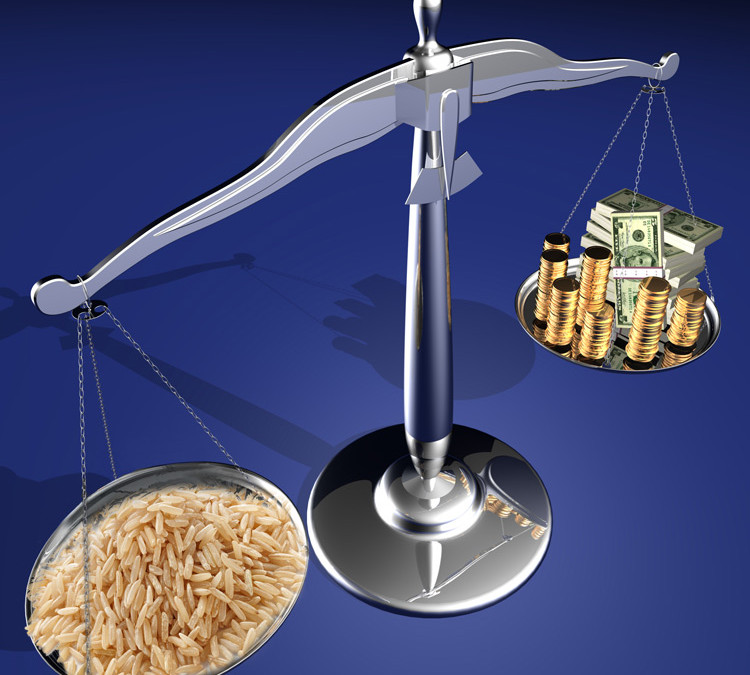Selling Rice Byproducts – In the steps of becoming a rice miller, most farmers are concerned with trying to figure out who they are going to sell their finished identity preserved rice to. The answer to that question, along with how they are going to pay for the mill, are the two largest unknowns for most beginning millers. Aside from selling your rice, though, there is a huge opportunity for selling the byproducts that come out of your mill. Here are just a few things that some of our clients are doing with their “waste” material:
You can sell your Brokens. Most contracts that you will be awarded will allow for a certain percentage of brokens to be mixed into your head rice (4% for #1 and 7% for #2). Outside of that, there are markets for broken rice that are less than ¾ average kernel length. You can package and Identity Preserve your own rice grits or sell them to be made into in various human or animal foods. The most attractive part of that is that you can usually employ the same packaging line that you utilize for your head rice with a custom made label for rice grits. You can now market two different products without additional significant costs involved.
You can sell Rice Flour. There are going to be particles coming out of your mill called tips that are smaller than rice grits (commonly referred to as brewers rice). After separating through a “tips separator,” you can run this material through a roller mill or a hammer mill to produce rice flour. You’ll need a roller mill to perform an accurate size reduction without generating excessive fines and dust. You may also use brokens if the market demands more of your high value product. A sifter will allow fines (particles small enough to be deemed flour size) to fall through a screen to be packaged and will re-circulate larger particles back through the mill to be cut down small enough to be classed as a “fine.” You can sell both white and brown rice flour and can label it gluten free, as it is non-allergenic. Just in case you were waiting for a bonus question, guess whose packaging line you can use to bag your Identity Preserved rice flour… Contact info@ZaccariaUSA.com for a flow diagram and equipment recommendation.
You can sell Rice Bran. Rice bran is the outer layer on the brown rice kernel that is removed to produce common white rice. The bran has a sweet taste and is rich in fiber, vitamin B6, and iron. Rice Bran has been sold to make rice bran oil, cereals, vitamins, and even to hunters to distribute in their deer feeders. Another good opportunity would be to sift your rice bran if you are making rice flour. Within the bran collection, there are more than likely small rice particles that could be separated for rice flour, therefore maximizing your return on investment.
You can sell Rice Husks. The hulls from rice kernels are inedible to humans, but that doesn’t mean there isn’t a market for them. The husks are quite abrasive but can be sold for animal bedding or sold as mulch for flower beds. Mixing ground husk with bran produces “mill feed.” Rice hulls open up poorly draining clay soils and worms will turn husks into compost in about four months. You would probably want to bag these in larger bags (20-50 lbs) and, of course, Identity Preserve it with packaging from your farm as well.
Selling Rice Byproducts from your mill can not only help to maximize your rice milling efforts to the fullest, but can also build a good marketing brand for your farm across different platforms. That’s something you can slap your label on and be proud of.

